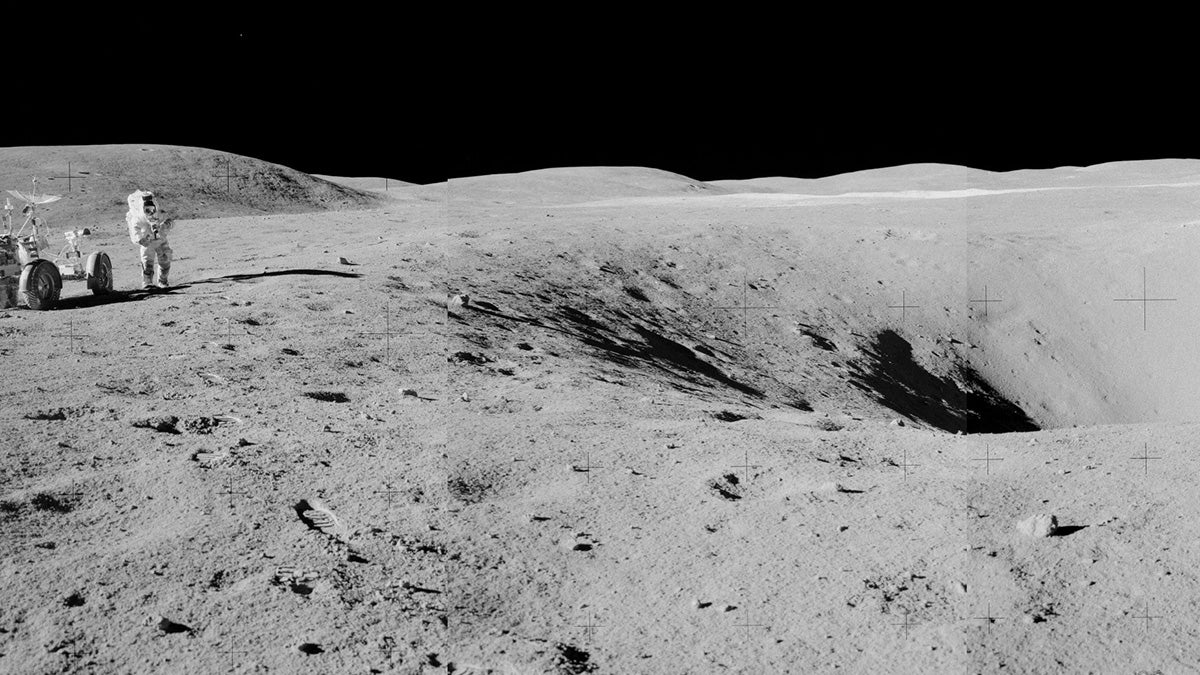
Our Earth is about 4.5 billion years old and, through careful work, scientists have pieced together a timeline of its past. But much of its earliest history remains a mystery. Scant geological evidence remains of the first 500 million years, an elusive era when our planet was a ball of molten rock routinely bombarded with large asteroids. These packed enough punch to evaporate any pockets of water and crust-forming rocks, making it impossible for any life to emerge. Aptly enough, that turbulent time period is called the Hadean Eon, named after Hades — a Greek translation for “hell.”
How our planet burgeoned from such a harsh environment into the habitable orb we occupy today remains unclear. But researchers are looking for ways to uncover clues to this transformation. “Earth’s early atmosphere has to do with the evolution of a habitable planet,” says John Tarduno, a professor of Earth and environmental sciences at the University of Rochester in New York.
Yet, he admits, “trying to figure out what the Earth’s early atmosphere was like is a grand challenge.”
The key to overcoming some of that challenge could be traces of Earth’s earliest air, long ago plastered onto the Moon’s surface. And those traces may be tantalizingly within reach of upcoming NASA Artemis missions, suggest a new study published by Tarduno and his colleagues earlier this month in the journal Communications Earth & Environment.
Bits of air
The Moon may seem like an unlikely place to find bits of Earth’s atmosphere, but satellite observations show such transfers are a routine occurrence. For about five days every month, the Moon floats through Earth’s vast magnetosphere and sweeps up trapped atmospheric molecules wafting in its path. Those molecules readily stick to the Moon’s surface, thanks to its lack of a magnetic field, which would otherwise shield the surface by repelling the material.
Such transfer of Earth’s atmospheric material might have been ongoing even during its enigmatic Hadean period, according to the researchers’ fresh analysis of lunar rocks that Apollo astronauts brought back some 50 years ago. The 4.36-billion year-old rocks reveal no smoking-gun signatures of being oriented by a magnetic field, suggesting the Moon’s dynamo — a molten core that, as it rotates, can produce a magnetic field — died before the rocks crystallized… if the Moon ever had such a dynamo to begin with. (Scientists still aren’t sure.)
“We think the absence of a magnetic field is actually really exciting,” says Tarduno. That’s because that lack of a magnetic field implies any portions of our Hadean-era atmosphere that might have wafted toward the Moon would have similarly stuck to the surface and may still be buried in lunar regolith, he says.
Unlike Earth’s constantly recycled landscapes, the Moon is geologically dormant. So, any bits of our planet’s Hadean atmosphere that made their way to the lunar surface would have lingered undisturbed over billions of years, according to the study.
“Notionally, some Hadean atmospheric components may linger in ancient lunar regolith accessible in the Artemis exploration zone,” says David Kring, a principal scientist at the Lunar and Planetary Institute in Texas, who was not involved with the new paper. “However, any clues of that kind will be fragmentary and will be a challenge to interpret.”
Hopes for sample return
If Artemis sample return missions could target places on the Moon with old rocks, “you could then get direct measurements of what was happening in the Earth’s atmosphere,” says Tarduno. For instance, there are craters known to host ancient regolith sheltered between lava flows of two different ages, which could serve as a reference for scientists to date that regolith more precisely than elsewhere on the Moon. Extracting pieces of those precious reserves from the Moon’s surface “would need a complicated arrangement, but it’s not outlandish,” says Tarduno. “It’s really finding the best place to do it.”
Additionally, he says, it will be tricky to stop certain insightful gases from escaping the regolith while drilling for samples, but “these things are not insurmountable,” he adds.
The Artemis missions could shed light on other aspects of Earth’s early history as well, even perhaps helping scientists answer the decades-old paradox of why our planet’s water didn’t freeze over some 4.5 billion years ago, under the reign of then-young Sun, which shone 30 percent dimmer than it does now. Instead, as early as 4.4 billion years ago, our planet harbored liquid water followed rapidly by fledgling life, leaving scientists still asking fundamental questions about the habitability of our early planet.
The answer to those questions might be somewhere on the Moon awaiting our visit.
“It’s an exciting time,” says Tarduno.









